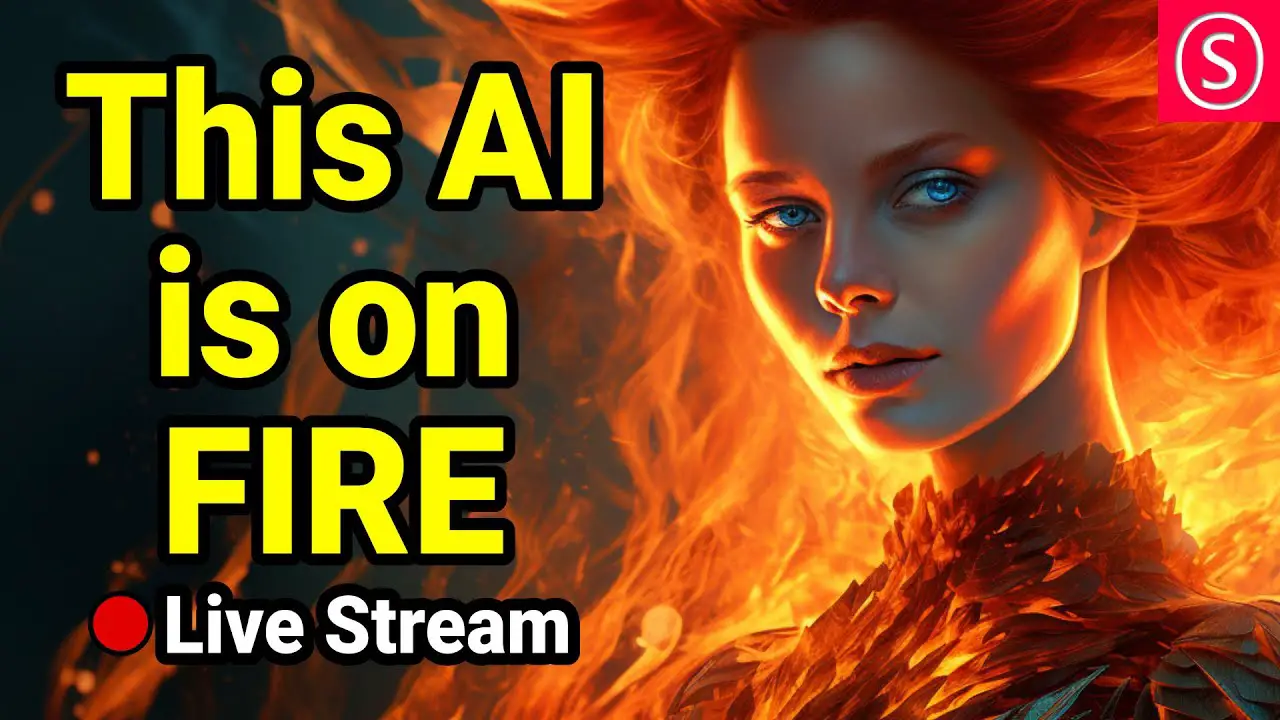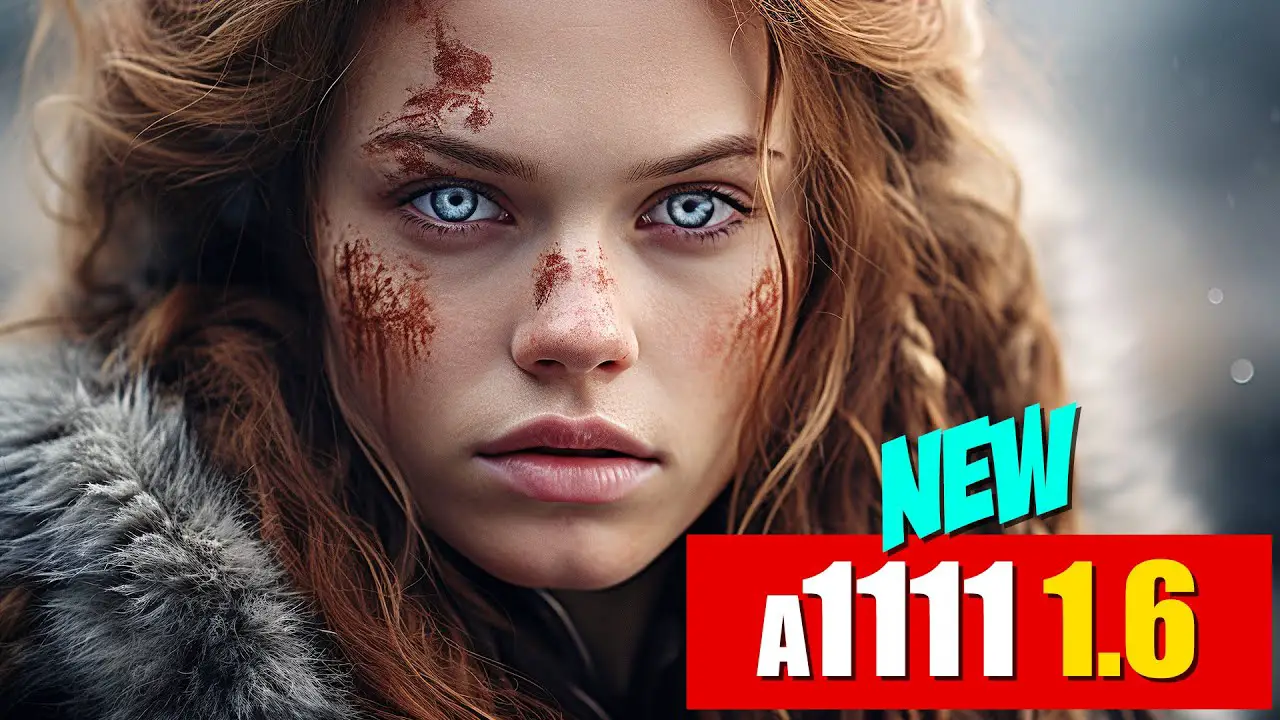Exploring the Fusion of GPT, Dall-E and Stable Diffusion for Visual Storytelling
October 14th, 2023

Exploring the Fusion of GPT, Dall-E and Stable Diffusion for Visual Storytelling
Exploring the Fusion of GPT, Dall-E and Stable Diffusion for Visual Storytelling
In a world where technology is constantly redefining the boundaries of creativity, artificial intelligence (AI) stands at the forefront, carving an exciting new genre of art and storytelling. Imagine not only digital narratives and vivid visuals, but also seamless integration of these elements to create immersive visual storybooks. The fusion of Generative Pretrained Transformer (GPT), Dall-E, and Stable Diffusion promises just that. This groundbreaking triad of AI tools offers a fresh canvas for crafting compelling narratives underscored by stunning, algorithmically generated artwork. It's like having a team of highly skilled writers and artists all wrapped in one smart package! Let's dive into this captivating realm where language models, AI art generation, and advanced diffusion mechanisms meet in harmony to revolutionize visual storytelling.
Understanding the Power of GPT, Dall-E and Stable Diffusion
What is Generative Pretrained Transformer (GPT)?
In the realm of Artificial Intelligence (AI), certain models have been making significant strides in understanding and generating human-like text. One standout model is the Generative Pretrained Transformer, often referred to as GPT.
GPT is an AI language model that leverages machine learning techniques to provide answers to questions, write essays, summarize texts, or even translate languages. It's based on the Transformer, a model architecture introduced by Vaswani et al. in the remarkable paper "Attention is All You Need." The essence of the Transformer model lies in its ability to handle long-range dependencies in text by using self-attention mechanisms.
GPT stands out from other models due to its impressive capability to generate coherent and contextually rich sentences. This is largely attributed to the strategy of pre-training it on a large corpus of text data from the internet, allowing the model to learn grammar, facts about the world, reasoning abilities, and even some biases present in the training data. For instance, when prompted with "In a shocking turn of events, scientists discovered that plants", GPT might complete the sentence as "can communicate with each other using complex networks of fungi."
However, while GPT can generate text that seems amazingly human-like, it's crucial to remember that it doesn't understand content in the way humans do. It picks up patterns from the data it has been trained on and uses these patterns to generate responses. Therefore, while it's a powerful tool, it must be used with knowledge of its limitations.
The development of GPT and its successors like GPT-2 and GPT-3 mark exciting advancements in the field of AI and language processing, opening the door to countless possibilities for future applications and improvements.
Unpacking Dall-E: The AI Art Generator
Unveiled by OpenAI, Dall-E is an AI program that has taken the realm of art creation by storm. Derived from GPT-3, a popular language prediction model, Dall-E is designed to generate images from textual descriptions, bringing a unique twist to the world of art generation AI.
Dall-E operates under a simple premise: you describe it, and it creates it. For instance, imagine asking for 'an armchair shaped like an avocado'; Dall-E would produce never before seen, yet visually coherent images based on this description.
The magic behind Dall-E lies in its fusion of text and visual interpretation capabilities. This AI draws upon a dataset comprising 12 billion images and text pairs, effectively learning to associate words with their corresponding visual attributes. This extensive knowledge bank allows it to create fascinating, sometimes surrealistic, artwork.
As a creative tool, Dall-E offers boundless opportunities. It not only brings artists' wild visions to life but also provides non-artists with a means to express their ideas visually. Moreover, it opens up the possibility of personalized art creations, transforming aspects of digital design and advertising.
However, it's not all smooth sailing. Like many AI technologies, Dall-E raises some pertinent questions regarding intellectual property rights and misuse of technology. Nevertheless, the potential held by Dall-E in shaping the future of art generation cannot be understated.
In summary, Dall-E serves as a powerful testament to the extraordinary leaps we've made in art generation AI. Its capability to transfigure words into compelling visuals introduces an entirely new dynamic to artistic creation, pushing the boundaries of what we perceive as possible.
The Role of Stable Diffusion in AI
Stable Diffusion is a fascinating advancement in the realm of artificial intelligence mechanisms. Often compared to the development process of a photograph, it uses random walks, or stochastic processes, to refine noise into coherent and high-quality images.
At the heart of this approach is a concept called 'diffusion', derived from the natural process where particles spread out from areas of high concentration to low concentration, seeking equilibrium. In the context of AI, Stable Diffusion works similarly, but instead of particles, it refines random noise into gradually more articulate and complex patterns - eventually forming intricate visual outputs.
Yet, why does this matter in the grand scheme of AI technologies? The beauty of Stable Diffusion lies in its ability to create stunningly detailed and highly accurate representations from pure noise. An intriguing feature of this mechanism is its stability. Unlike conventional generative models like GANs (Generative Adversarial Networks) that may often lead to mode collapse or vulnerability to adversarial attacks, Stable Diffusion maintains an admirable robustness during the generation process.
For example, take the case of creating an image of a landscape. Traditional AI would directly try to paint the picture. However, with Stable Diffusion, the process starts with pure visual chaos—random dots and streaks of color. Gradually, this chaotic canvass morphs, soon recognizable elements of a landscape start appearing - maybe the blue hint of a sky, the green blush of grass. Slowly but surely, these diffuse into sharper focus, culminating in a vivid, lifelike landscape image just as one might see in reality.
In the vast universe of AI, Stable Diffusion shines as a steadfast star, promising unparalleled image quality while ensuring consistent and sturdy results. Its integration with other AI technologies like GPT and Dall-E can undoubtedly elevate the generation of visual storytellings to new heights.
Combining GPT and Dall-E for Narrative Visualization
Taking a dive into the realm of artificial intelligence, we find that Generative Pretrained Transformers (GPT) and Dall-E are creating ripples in the world of visual narration and storytelling. GPT, known for its prowess in understanding and generating human-like text, offers vast potential when combined with Dall-E, an AI model designed by OpenAI that generates unique images from textual descriptions.
Imagine combining the power of GPT's sophisticated natural language processing abilities with Dall-E's capacity to visualize ideas into distinct artistic forms. The result? A striking canvas where words come to life as visuals, and narratives unfold not just through paragraphs but also through rich and vibrant images. This fusion brings forth exciting possibilities within the field of digital storytelling.
For instance, let's take the phrase "a futuristic city skyline at dusk." GPT can weave an intricate story around this concept while Dall-E can generate diverse renditions of the said skyline. Together, they create a narrative visualization, where every segment of the story is accompanied by a corresponding image, engaging the reader on multiple sensory levels.
This amalgamation of GPT and Dall-E opens up new dimensions in storytelling. Instead of conventional text-based stories or audiobooks, readers now have the chance to actively see, interpret, and engage with the unfolding plot, characters, and settings visually. It takes the reader beyond the realm of imagination, offering vivid depictions to supplement the written word.
Moreover, the amalgamation boosts accessibility. People who might struggle with understanding complex narratives or those with learning challenges could benefit from this combination as it aids comprehension and captures attention more effectively.
In essence, the collaborative power of GPT and Dall-E in the narrative visualization heralds a transformative shift in how we consume and interact with stories – potentially revolutionizing both entertainment and educational sectors.
Incorporating Stable Diffusion into the Mix
Stable Diffusion is another critical player in our quest to combine AI technologies for innovative visual storytelling. This method significantly contributes to the enhancement of image quality generated by AI, paving the way for unprecedentedly realistic and detailed artwork.
Unveiling the magic behind Stable Diffusion, it employs a probabilistic framework that alters images over time. The key lies in the delicate balance of 'diffusion' - the process of gradually morphing one image into another - and 'noise', introduced to simulate natural variances found in hand-crafted art.
This technology has vast implications for augmenting the capabilities of generative AI like Dall-E. For instance, consider a visual storybook about wildlife. While GPT can develop an engaging narrative and Dall-E illustrates corresponding animals and landscapes, Stable Diffusion could add an extra layer of refinement to these images. It could accurately portray the texture of a lion's mane or the shimmering water of a lake, bringing the story to life with nuanced details that arrest the reader's attention.
Moreover, Stable Diffusion isn't limited to static images. It can also generate sequences of images that transition smoothly from one state to another. Picture a scene where our story's hero shifts from a humble farmer to a courageous knight. With Stable Diffusion, this transformation doesn't have to be abrupt but can unfold gradually across several beautifully drawn frames.
In essence, incorporating Stable Diffusion makes our AI trifecta more compelling and versatile. It deftly caters to the human yearning for high-quality visual content, making our AI-generated visual storybooks not just technologically impressive, but also artistically enchanting.
Potential Applications of this Triad in Visual Story Books
The fusion of GPT, Dall-E, and Stable Diffusion doesn't just represent a significant advance in AI technology. It also opens up an array of intriguing applications, particularly in the domains of education and entertainment, and more specifically, in the creation of visual storybooks.
Visual storybooks serve as invaluable educational tools, often used to simplify complex concepts for young learners. With AI technologies like GPT, which excels at generating coherent and contextually relevant text, the content of these storybooks can be made much more engaging. Imagine a storybook that could adapt its narrative based on the reader's preferences or comprehension level - it would truly revolutionize learning.
On the flip side, Dall-E, with its capability to generate unique, never-before-seen images from textual descriptions, could add a whole new dimension to these storybooks. No longer would illustrators be confined by their imaginations. Any scenario, any character, any locale - no matter how fantastical - could be brought to life instantly with vivid detail and creativity.
But to ensure that these visuals do justice to the captivating narratives and maintain high fidelity, Stable Diffusion plays a crucial role. By improving the quality of generated images, this technique ensures every frame tells a compelling story, further enhancing the immersive experience.
Putting this all together, the combination of these technologies could take visual storybooks to unprecedented heights. Tailor-made stories with personalized illustrations that create a deeply engrossing, interactive, and dynamic reading experience - it's a brave new world in both education and entertainment. For instance, a child fascinated by aliens could have a bespoke storybook generated where they embark on intergalactic adventures, complete with stunning, novel illustrations of exotic extraterrestrial landscapes and creatures.
In conclusion, this AI triad doesn't just innovate; it inspires, educates, and entertains, pushing the boundaries of what's possible with visual storytelling. As we traverse the high-tech world of AI, the creative potential of combining GPT, Dall-E, and Stable Diffusion cannot be underestimated. This dynamic triad represents an exciting frontier in visual storytelling and is poised to redefine how we create, perceive and interact with visual narrative content. The possibility of using these advanced tools to generate high-quality, contextually rich visuals for storybooks can revolutionize both education and entertainment sectors. Our exploration unearths new meanings, pushing boundaries between technology and art while reshaping human-AI collaboration. A compelling future awaits as we continue to blend storytelling with transformative technology - where visuals aren't just seen, but felt, understood, and related to on a distinctly human level. Let this thought serve not as the end, but as a thrilling new beginning in your journey towards understanding the wonders of AI in visual storytelling.
Other articles
September 1st, 2023
Juggernaut XL for A1111 + Lora + Negative Embedding
aut XL Negative … read more...
September 30th, 2023
Step-by-Step Guide to Convert M4A to WAV for AI Audio Projects
use in AI audio projects. Learn about the need, process, and troubleshooting common issues during conversion. read more...





